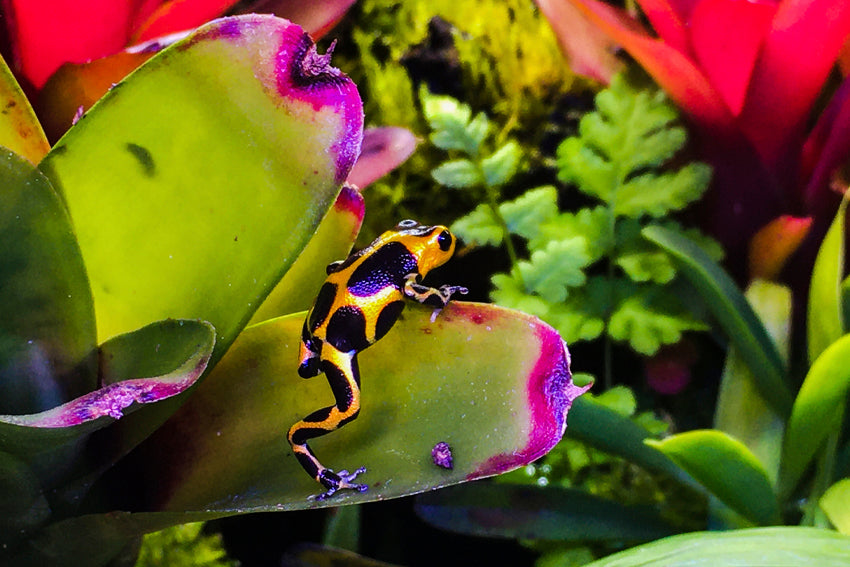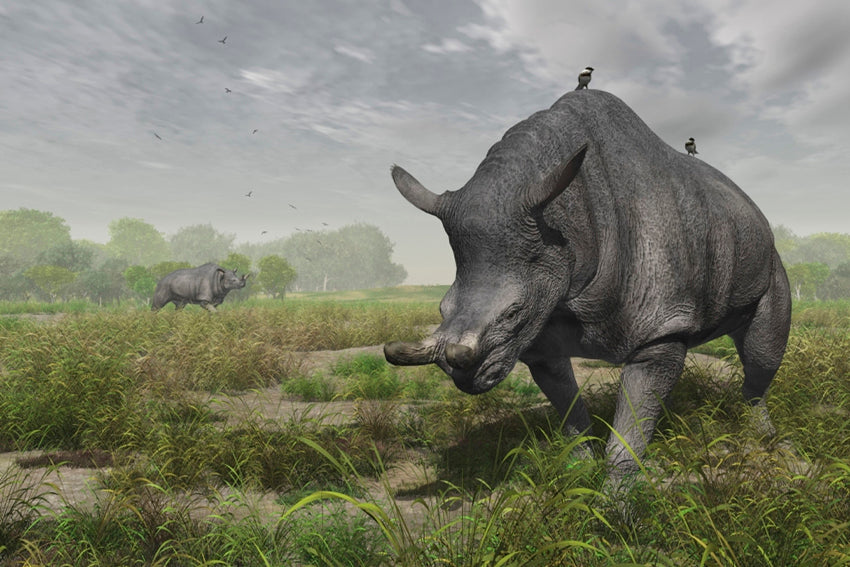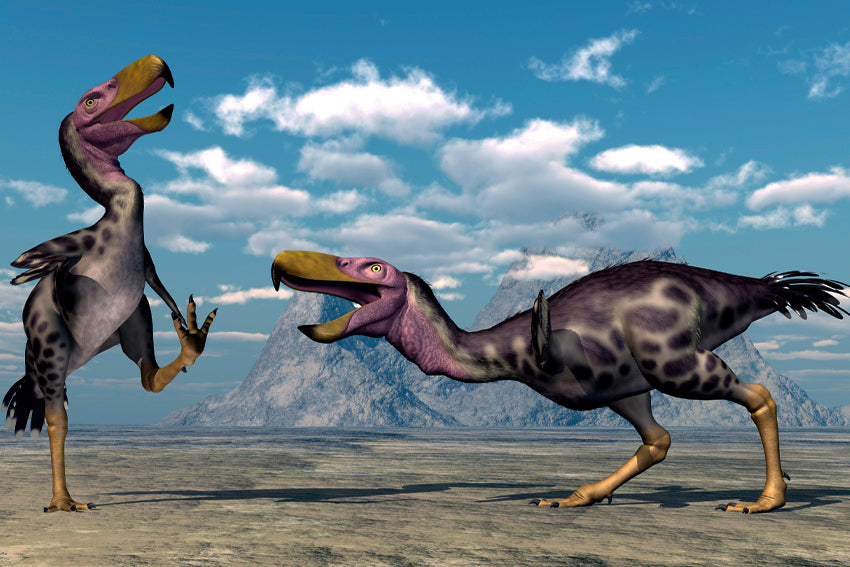Amphibians are a diverse group of vertebrates that include toads, frogs, salamanders, and caecilians. They are characterized by having soft and moist skin, cutaneous respiration, as well as the ability to perform metamorphosis. They are ectothermic animals, which means that their body temperature is regulated by their environment.
In the Anthropocene, amphibians face numerous threats due to human activity. Some of these threats include habitat degradation, pollution, the introduction of alien species, and climate change. As a result, many amphibian species are threatened with extinction.
Despite these threats, there are still many species of amphibians in the world. In total, around 8,000 amphibian species have been identified worldwide, distributed in three main groups: anurans (toads and frogs), urodeles (salamanders), and apods (caecilians).
Anurans are the most diverse group, with more than 6,000 species. They are found all over the world, from the tropics to the poles. Many anuran species are adapted for life in the water, while others are adapted for life on land. Some species of anurans have poisonous skin that serves as a defense against predators.
Urodeles, also known as salamanders, are found primarily in the Northern Hemisphere. There are about 655 species of salamanders, and many of them have the ability to regenerate body parts, including limbs, tails, and eyes. Salamanders have thin, moist skin, which allows them to breathe through their skin.
Caecilians, on the other hand, are a lesser-known group of amphibians. They resemble snakes, but have elongated bodies and no legs. There are around 200 species of caecilians, and they are found mainly in tropical and subtropical regions.
Amphibians play an important role in terrestrial and aquatic ecosystems. They are predators and prey, and also help control the population of insects and other arthropods. Additionally, some amphibians have economic and cultural importance to local communities. Therefore, it is important to take steps to protect amphibians and their habitats to ensure their survival in the Anthropocene and beyond.






Share:
Birds